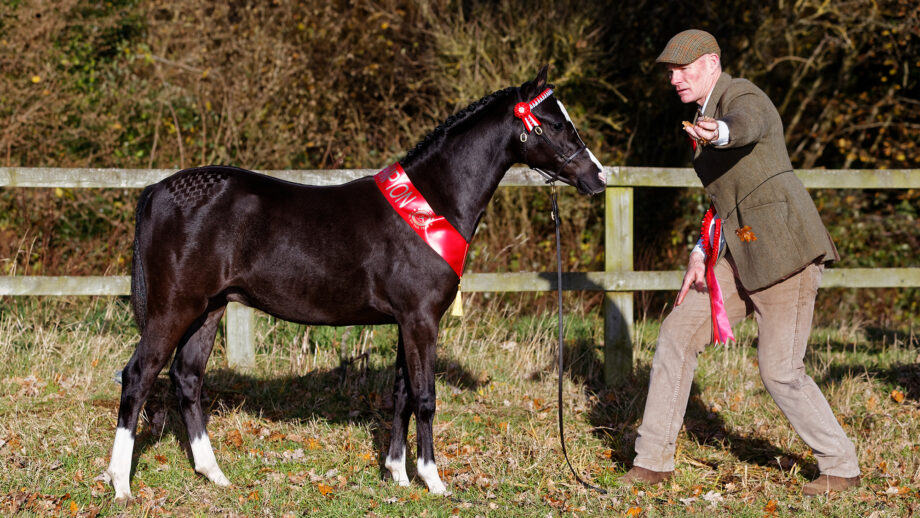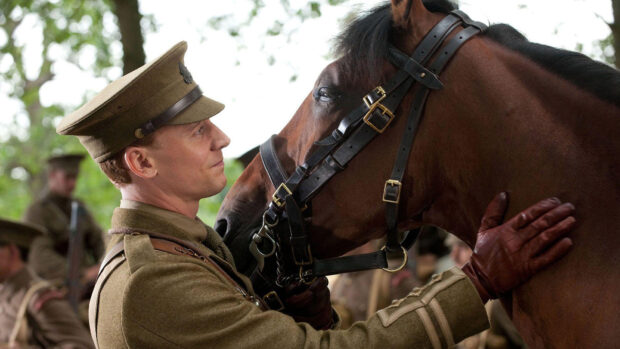Knowing how to handle a foal from an untouched state so they become a polite member of equine society is really important for their future. We’ve all handled poorly educated horses at some point, and frankly, it’s not always fun. Unhandled or poorly handled horses can be difficult to manage, and in some cases, even become dangerous.
As breeders and owners of foals, we have a responsibility to make sure our foals receive good quality handling. This early interaction with us establishes trust in humans, and a good foundation for training as young adults. Your vet and farrier will thank you, too!
When to start handling a foal
While this all makes sense, it’s not always clear how to progress. Some people suggest handling foals as soon as possible. I don’t show my mares and foals, however, so at the point of weaning the foals are unhandled. One of my mares can be very foal-proud and if left to it, she won’t let me near her foal for up to two weeks.
To mitigate against this, I feed her in the field every day from about a month before foaling. Even with a new baby, she can’t resist the rattle of a bucket! So my foals are used to hard feed before they are weaned, and personally, I find this so helpful when they are weaned.
Even before I was a mum myself, I hated hearing foals cry for their mums, and I find it even worse now. So I do the weaning slowly and in stages.
After speaking to in-hand showing buff Ian Boylan – handler and producer of Dakiora Royale, the reserve champion in the prestigious 2025 Price Family supreme in-hand championship at Horse of the Year Show (HOYS) – who has seen countless foals and young animals come through his production yard, I was pleased to hear I’m not the only one who wants their foals to remain as relaxed and stress-free as possible.
“We actually have a stable block that I call ‘the nursery’, in which we keep the foals,” says Ian. “They can all see each other and we encourage them to pair up, and make friends with another foal so that they have as little stress as possible. Then they have three meals a day, and it’s important that they have a deep straw bed so that they are encouraged to lie down and relax.”
He adds: “We also allow them plenty of ‘play’ time together in the indoor school. It’s all really about their wellbeing.”
Even with the best of intentions, though, the reality is you’re left with an animal who has no idea how it’s expected to behave. So far this year alone, I have had two broken headcollars and just this morning, my now fairly civilised filly attempted to exit her stable over the door when I led her playmate out. So how do the pros do it?
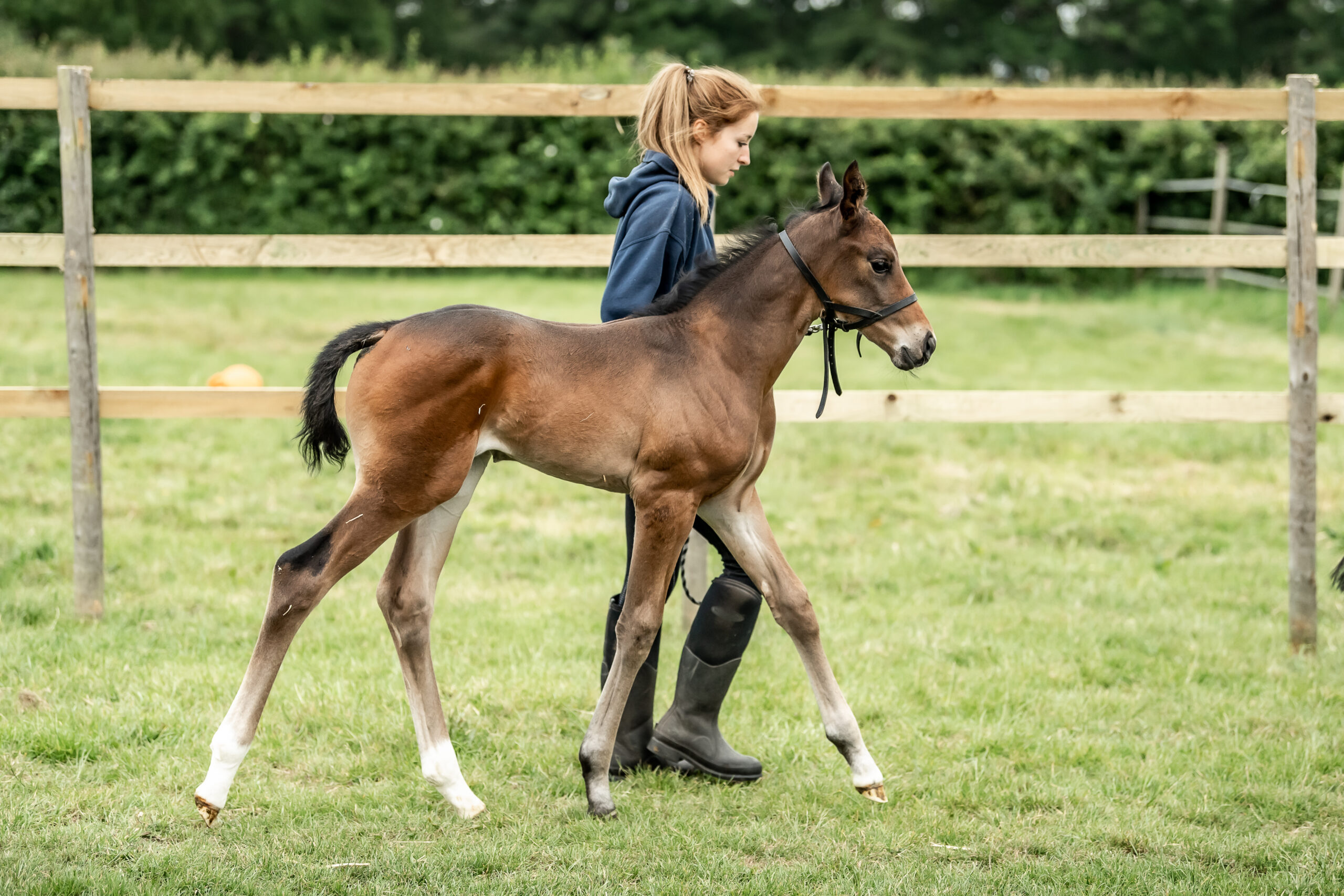
How to handle a foal
“As well as our own foals, we have a number come into the yard for handling,” says Ian. “Some arrive untouched, and obviously, they are all different and they all move forwards in their own time, but we approach things in the same way.”
Ian stresses that it’s all about routine when approaching foal handling, and that each foal will progress differently.
“We just try to do everyday, normal things,” he says. “We teach them to lead, to stand still, to be groomed and to have their feet picked up. Everyone’s an individual, aren’t they? So, some come round really quick, and others take a little bit longer.”
How to teach a foal to lead
I always find teaching a foal to lead a sticking point. Given that putting pressure on even the most experienced of horses’ headcollars doesn’t necessarily work when leading them, it’s no wonder that it doesn’t work with an inexperienced foal whose instinct is to pull back against the pressure. So how does Ian do it?
“Horses don’t like pressure around their heads. So we use a lunge line with a loop at the wither. The rope goes then goes through the loop and round the foal’s bottom and back through the loop and the headcollar. That way, the pressure is increased around their bottom when you pull the rope, and the foal is encouraged to move forwards.

Diagram showing Ian’s method of using a lunge line
“We teach everything to move like that,” Ian affirms. “Once they’ve had that experience maybe two or three times, they realise that there’s nothing to be scared of, and they just go forward. It’s pretty straightforward, really.”
To be show ready, you will need your foal to be able to trot up comfortably beside you. Sometimes, foals find a person running beside them unnerving, so make sure you factor in plenty of practice before the big day, and be ready to revert to using the lunge-line around their bottom to encourage them to trot for the first few attempts.
Foal handling tips
I’m often alone in the stable block and have no phone signal, so I’m mindful of safety. Ian agrees it’s important to remain safe at all times – and H&H recommends wearing protective gear, including a riding hat and gloves, when handling foals.
With this in mind, he says: “We just try to keep it really simple and progress sensibly. For example, when it comes to picking up feet, start with the front legs, and once the foal is comfortable, move on to the hindlegs.”
I approach grooming with a similar path; I start with the bottom half of the neck, and progress to the wither and shoulder. Then I move further forwards around the more sensitive ears and head, and then I move over their backs, hind quarters, the belly, and finally, their hindlegs.
Ian says: “The same applies if you want to introduce rugs and so on – take it slowly and sensibly.”
“We don’t push them too much so they’re not stressed, and just do the same thing every day. It’s just a process of creating a routine and then that routine then just becomes the norm. You have to do everything in the same way every day – the unknown or change is something that unnerves them.
“Consistency, is key; I’m a bit regimented in the way I do it, but I think it makes the foal more relaxed because they know what’s coming next and they know what to expect so they become comfortable with it all.”
- To stay up to date with all the breaking news from major shows throughout 2025 and beyond, subscribe to the Horse & Hound website
You may also be interested in:

Build your confidence in handling horses on the ground, whether you’re a rider or the vital helping hand

Rewarding or hair-raising? 6 expert tips for preparing mares and foals to be a breeder’s shop window in the show ring

A progressive approach to weaning foals *H&H VIP*
Ready to wean? A progressive approach is preferable to sudden separation, explains Kelly Harrison-Tait MRCVS
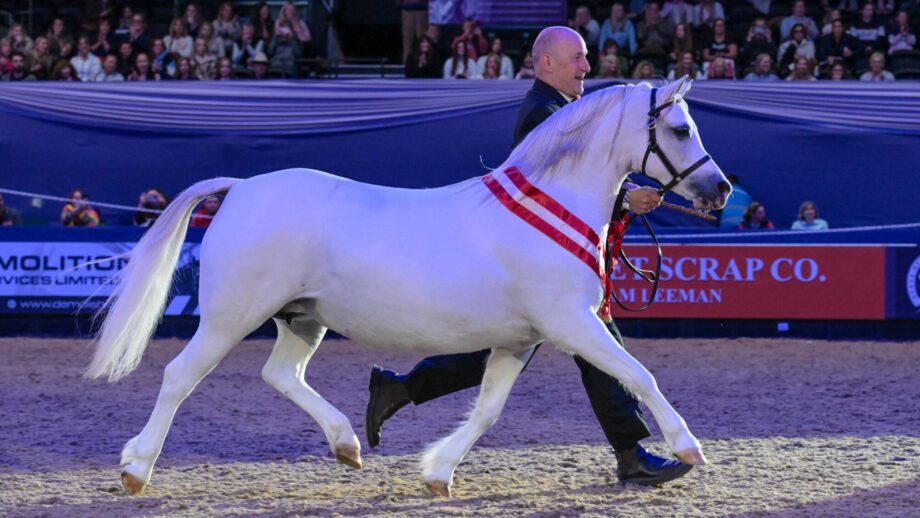
Celebrating the HOYS supreme in-hand champions 2000–2025
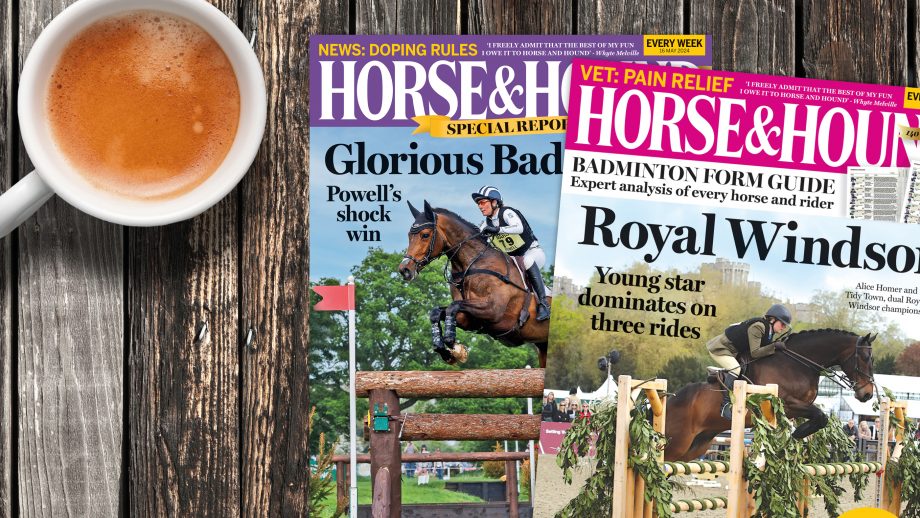
Subscribe to Horse & Hound magazine today – and enjoy unlimited website access all year round

